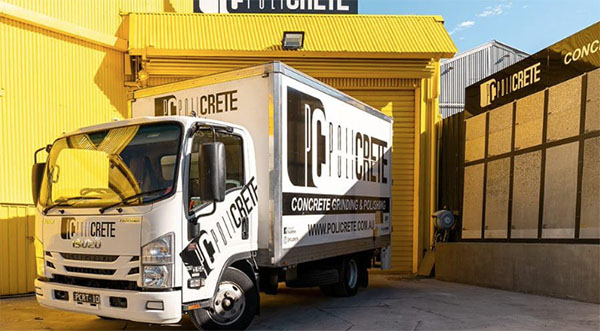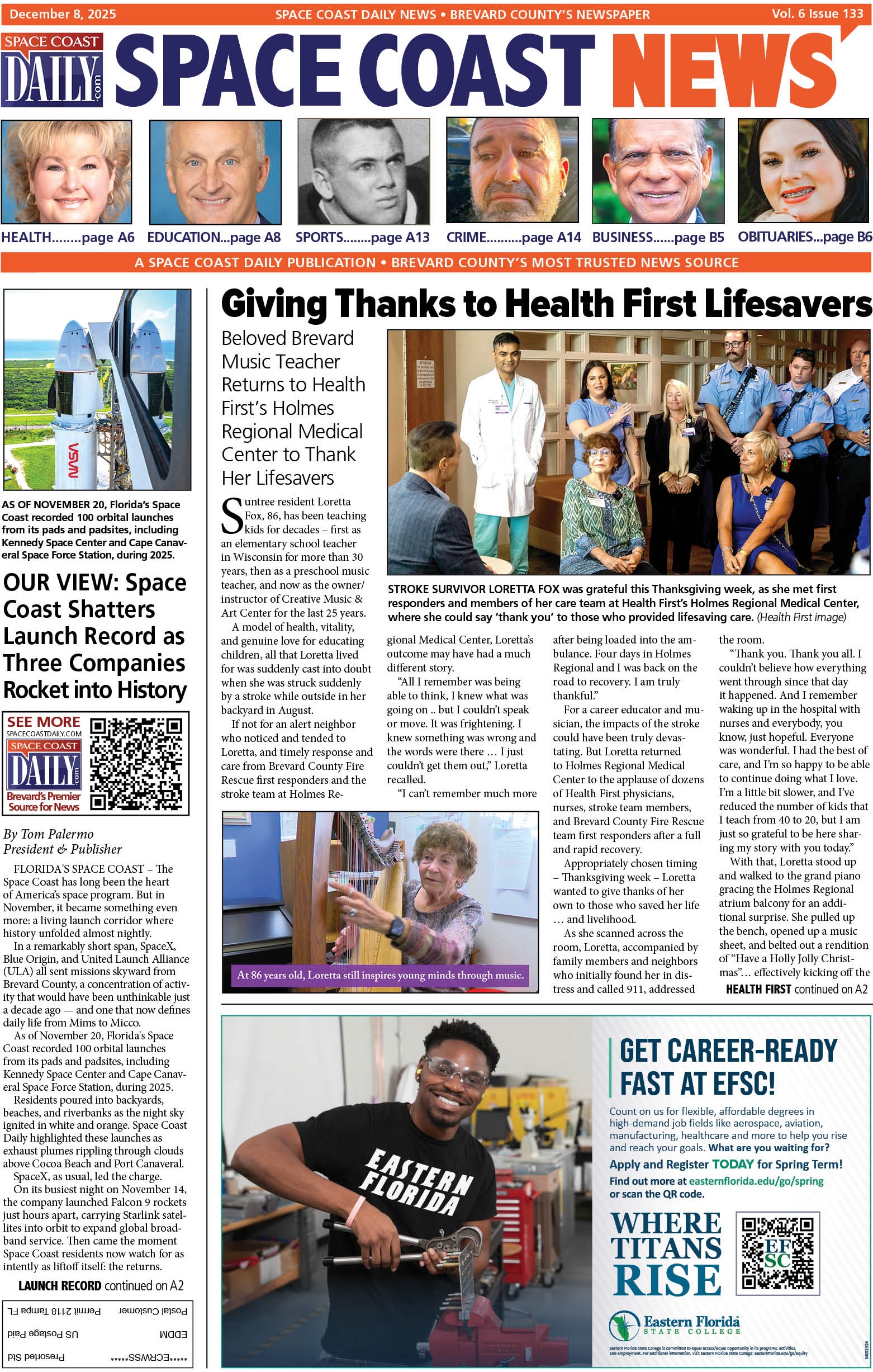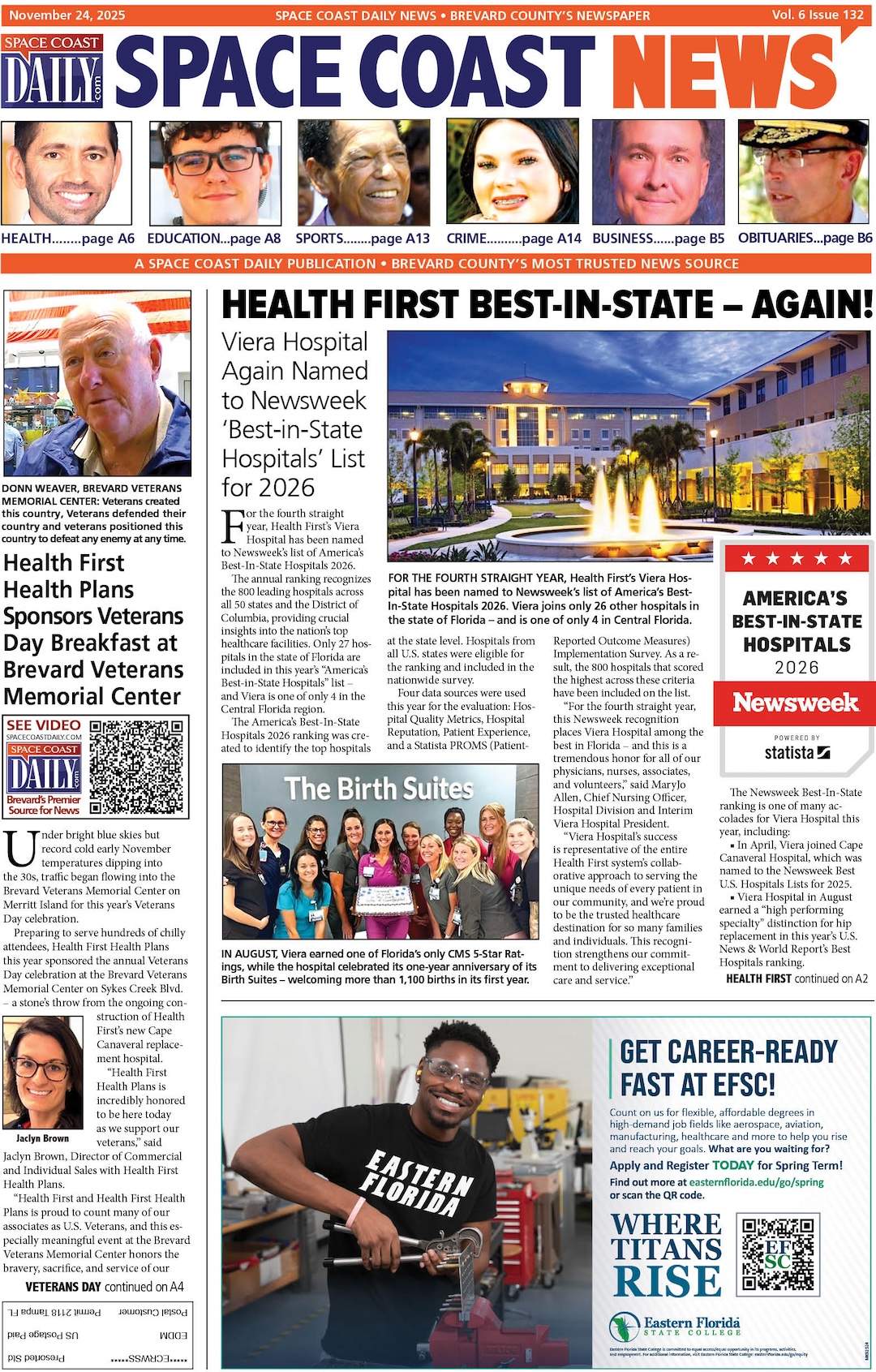Challenges and Advances in Concrete Technology
By Space Coast Daily // December 24, 2023

Concrete, the backbone of modern construction, has seen remarkable advancements. However, it struggles with ongoing challenges that spark innovation within the industry.
Confronting these hurdles has spurred impressive strides in concrete technology, shaping the future of construction. By addressing these challenges, experts and engineers pave the way for smarter, more resilient, and innovative approaches to building, ensuring that concrete continues to evolve and meet the demands of an ever-changing world. Head over to Policrete if you are interested in polished concrete.
Durability in Harsh Environments
Challenge: Concrete structures in harsh environments face durability issues due to factors like freeze-thaw cycles, chemical exposure, and abrasion, leading to deterioration over time.
Advancements: Innovative concrete formulations incorporating supplementary cementitious materials (SCMs) like fly ash, slag, or silica fume enhance durability. Additionally, self-healing concrete, embedded with bacteria or encapsulated healing agents, repairs micro-cracks, prolonging the structure’s lifespan.
Sustainability and Environmental Impact
Challenge: Concrete production contributes to significant carbon emissions, raising concerns about its environmental impact and sustainability.
Advancements: Green concrete, utilizing recycled materials, alternative binders, or carbon capture technologies, reduces its carbon footprint. Additionally, the development of carbon-neutral or carbon-negative concretes aims to offset emissions during production, promoting sustainable construction practices.
High-Performance Concrete Demands
Challenge: With increasing demands for high-strength and high-performance concrete, achieving these properties without compromising workability poses a challenge.
Advancements: Advanced admixtures, nano-materials, and fiber reinforcement enable the production of high-strength concrete while maintaining workability. Ultra-high-performance concrete (UHPC), incorporating fine powders and steel fibers, offers unparalleled strength and durability for specialized applications.
Incorporating Smart Technology
Challenge: Monitoring concrete performance and structural health in real-time remains a challenge, impacting maintenance and structural safety.
Advancements: Smart concrete technologies, including embedded sensors, nanotechnology-based solutions, and self-sensing concrete, provide real-time data on structural conditions, detecting cracks or weaknesses and ensuring proactive maintenance.
Resilience to Natural Disasters
Challenge: Concrete structures’ resilience against natural disasters like earthquakes or hurricanes remains a concern.
Advancements: Advanced seismic design methodologies, fiber-reinforced concrete, and innovative structural systems enhance buildings’ resilience. Self-compacting concrete and shape-memory alloys contribute to structures’ ability to withstand severe impacts.
Advancements in 3D Printing
Challenge: Traditional concrete casting methods have limitations in complex architectural designs and rapid construction.
Advancements: 3D printing technology in concrete construction allows for intricate architectural designs and rapid on-site construction. This innovation enables customized structures while minimizing material waste and construction time.
Integration of Nanotechnology
Challenge: Enhancing concrete’s mechanical properties and durability at a nanoscale level remains a challenge.
Advancements: Nanotechnology in concrete involves incorporating nano-sized materials like nanoparticles or nanotubes, improving concrete’s strength, durability, and self-cleaning properties. Nanoparticles enhance the cement matrix, reducing permeability and increasing compressive strength.
Conclusion
The journey of concrete technology in modern construction has witnessed extraordinary progress, driven by the challenges it encountered. Strides in durability, sustainability, and the infusion of smart technologies and material innovations underscore its evolution. These advancements not only fortify structures but also herald a new era of safer, sustainable, and resilient construction practices. As concrete continues to evolve, it not only meets challenges but also leads the way towards a future where structures are not just robust but environmentally conscious and adaptable to the changing demands of our world.











